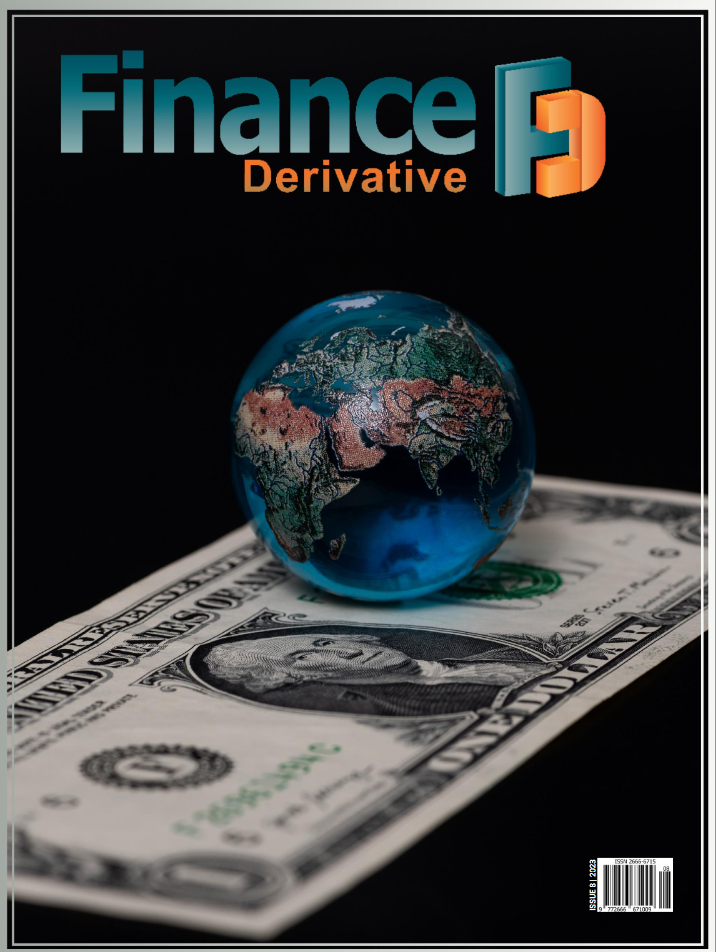New nFiNi program provides a ready stack of services that fintechs and banks can use to facilitate the issuance of RuPay credit cards
Fiserv, Inc. (NASDAQ: FISV), a leading global provider of payments and financial services technology solutions, has entered into a first-of-its kind collaboration with National Payments Corporation of India (NPCI), which leads the retail payments and settlement infrastructure in India with breakthrough products like Unified Payments Interface (UPI), Bharat Bill Payment System, and RuPay, to enable the launch of ‘nFiNi’, a ready stack of services that fintechs and banks can use to issue RuPay credit cards.
As just over 2% of the population in India has access to credit cards, this initiative has the potential to boost credit inclusion and drive economies of scale for fintechs and banks. Fintechs will be able to issue credit to their customers, many of whom are first-time users of banking and credit services, and banks will be able to grow their fintech portfolio while maintaining focus on their core offerings.
nFiNi will power RuPay cards by offering access to services through the NPCI network and FirstVisionTM from Fiserv, a microservices-based platform-as-a-service with a set of APIs that supports orchestration of the digital user experience, enables push alerts for in-app, mobile messaging app and SMS notifications, simplified integration options, and instant digital card provisioning, allowing customers to transact immediately after being approved for a card.
“We are glad to collaborate with Fiserv for the launch of the innovative RuPay credit card stack for fintechs and banks,” said Nalin Bansal, Chief of Corporate Relationships & Fintechs at NPCI. “The program will add variety to the services offered by new-age fintechs and banks, especially for the issuance of credit cards. We believe this will accelerate the penetration of RuPay cards in the country as well as lead to increased penetration of credit in the market in both urban and rural areas. It is important to provide a robust tech stack of services to these institutions, which will not only help them in seamless integration of products and services, but also allow them to reach out to a greater number of customers more effectively.”
“Our work with NPCI is an example of our commitment to advance financial inclusion on a global scale through enabling technology,” said Rishi Chhabra, head of India and Sri Lanka at Fiserv, “Bringing together the popular RuPay card scheme from NPCI and innovation-focused global payments technology from Fiserv, in combination with local market expertise, will enable a transformative experience for fintechs, banks, and their customers.”
In a world moving faster than ever before, Fiserv helps clients deliver solutions in step with the way people live and work today – financial services at the speed of life.

